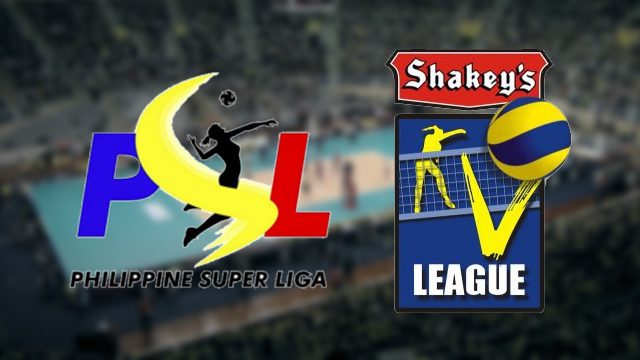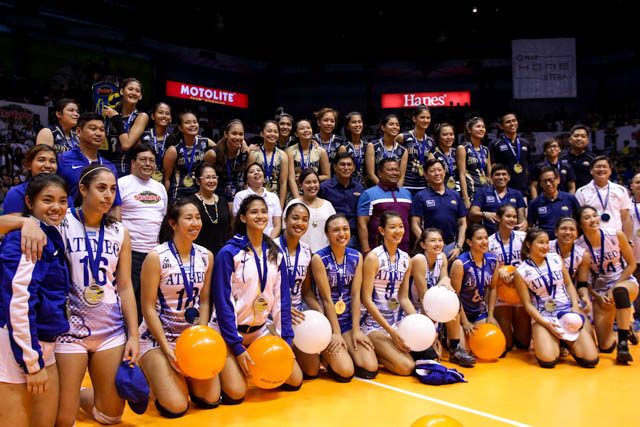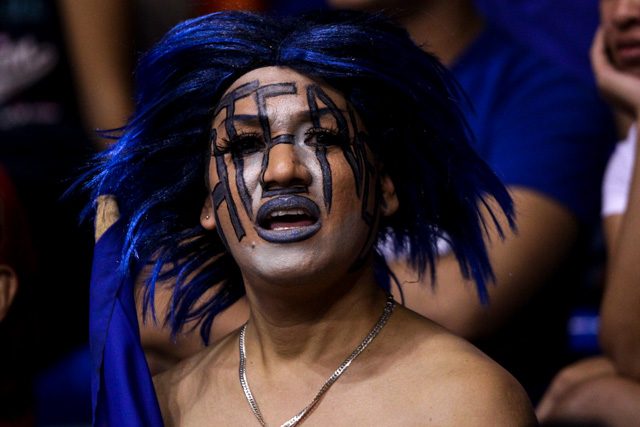SUMMARY
This is AI generated summarization, which may have errors. For context, always refer to the full article.

MANILA, Philippines – The Philippine Super Liga (PSL) Grand Prix 2015 and the Shakey’s V-League (SVL) Season 12 Reinforced Conference launched simultaneously this past October 10, underscoring that women’s volleyball is well on its way to being one of the country’s mainstream sports.
Over the last decade, volleyball had to slowly reintroduce itself to Filipino sports fans. In 2005, the Philippine national women’s team brought home the bronze medal in the Southeast Asian Games. However, that was the last time the country competed in international play. It was only in 2013 that the country was represented again during the Asian Women’s Volleyball Championships and was finally able to compete once more in the SEA Games in 2015.
The return to the world stage can be attributed to the tenacity of a handful of volleyball players and other volleyball-loving individuals who are truly committed to growing the sport. Today, these two leagues are a testament to that commitment. Both are getting ample television airtime which is essential to sustaining interest in the sport.
The movement has also trickled down to the collegiate level as players from the University Athletic Association of the Philippines (UAAP) and National Collegiate Athletic Association (NCAA) are also getting their time to shine on television as they chase their dream to play in either of the two semi-pro leagues mentioned.

However, the sport will need to hurdle challenges if it is to grow by leaps and bounds. The gains of the past decade could be easily erased if the efforts to move forward are not orchestrated.The possibility of representing the country in international competitions is also a motivator for young players to truly improve their game. The return of the country to international play is an additional incentive for promising athletes to interest them in volleyball.
Currently, the pool of players need to be increased as both semi-pro leagues share the same set of players. Players may tend to be complacent in their desire to get better and stronger as they are assured that they will be tapped to play in these tournaments anyway.
In addition, Thailand has cemented its dominance in Southeast Asia capitalizing on the absence of the Philippines in international play. In fact, during the Grand Prix version of the PSL where imports are allowed to play, Thailanders have been recruited.
Paulo Adrian Laurel, Vice-President and Events Director of the PSL has been very instrumental in the resurgence of the sport. Having played the game since grade school to his university life, and having had the privilege to be part of the National Youth Team in 1990, he continues to press on confident that volleyball is a sport that Filipinos can excel in.
He shares that we should continue to innovate and improve our regional and world ranking. He believes that this can be done by having more players from the provinces join competitions in Manila, and by exposing our students to high-level games.
Melizza Ravena, more popularly known as Mozzy, herself a former varsity standout and national team member and whom the local volleyball community considers as the “mother” of Philippine volleyball, agrees.
“For me, I would rather spend money to form a team and create a continuous program. Like from Under 16, Under 18, 21 up to the seniors, but that’s me.”

She continues, “We have a lot of tall players that can comprise our national team. There are even some coming off high school. It’s a good time to form our national team. Although we still have to work hard on being competitive internationally.”
Although Laurel acknowledges that height is an integral factor in this game, he believes that “We have to compensate on other areas of the game such as speed, good decision making, mental prep, coaching, etc…”
When asked what 3 main action points they want to see in volleyball, Laurel lists down the following:
1. Creation of a national program from elem-secondary-college
2. Participation in more international exposure
3. Additional funding
Ravena echoes these sentiments and shares her 3 points which are much more like a rallying cry: “Unite, Start a program, Sustain.”
Both declined to comment when asked about the current power struggle for control of the National Sports Association (NSA). The two agreed, however, that they are overwhelmed as to where the sport is today. The increased exposure on television and the fact that we have been able to send teams to compete internationally provide a renewed belief that we are on the right track.
Women’s volleyball is arguably the second most organized sporting event in the country today next to basketball. SVL and PSL both run at least two televised tournaments a year. Names like Aby Marano, Rachel Daquis, Dindin Santiago-Manabat, Melissa Gohing, are becoming as popular as the basketball players of the Philippine Basketball Association (PBA).
More important to note though is that up and coming collegiate players like Alyssa Valdez, Mika Reyes and Jaja Santiago are as much adored by university fans as their basketball counterparts.
Although volleyball is another sport whose prerequisite is height, Filipinos are taking to it once again as they did basketball. It clearly is the fast paced action, as well as the likeability of the current player roster, that attract the fans.
The momentum has been created; all it needs is another collectively strong push. The future of Philippine women’s volleyball looks very exciting. – Rappler.com
Add a comment
How does this make you feel?
There are no comments yet. Add your comment to start the conversation.